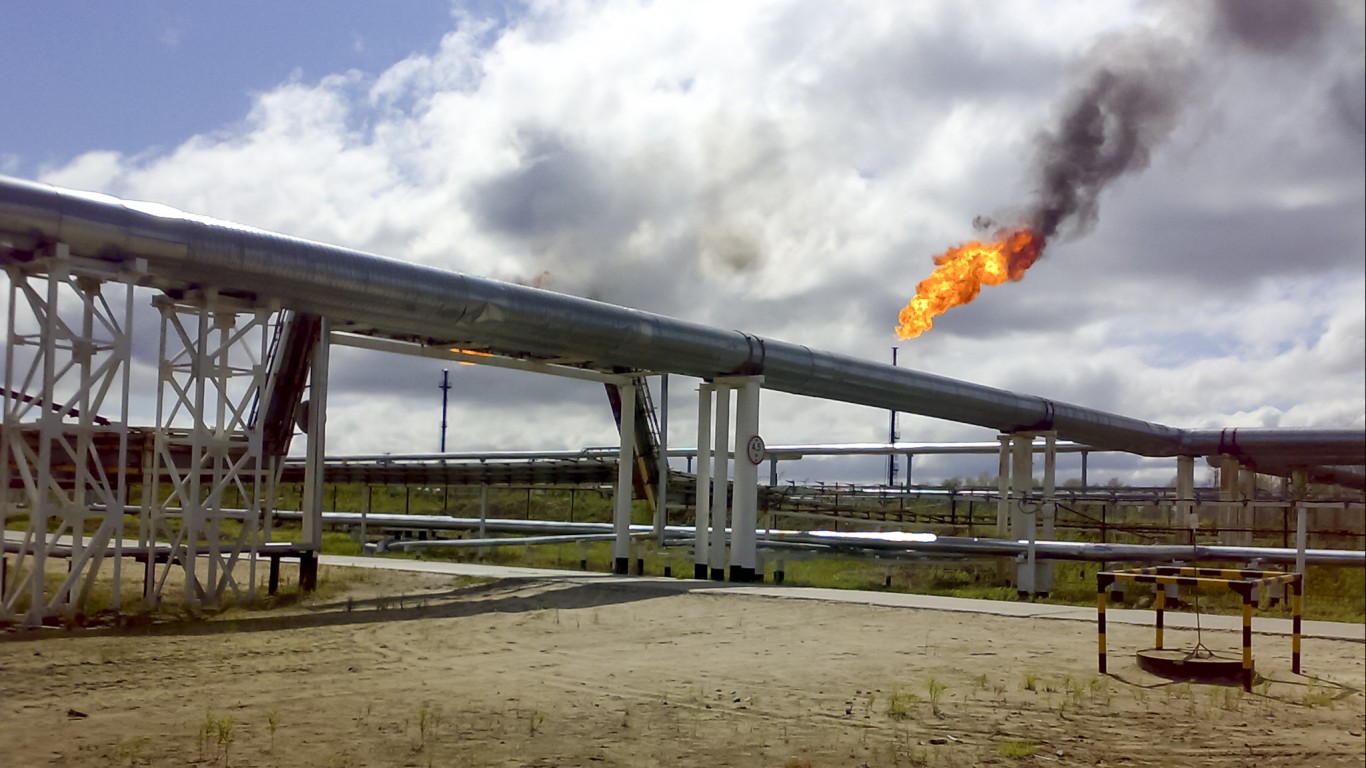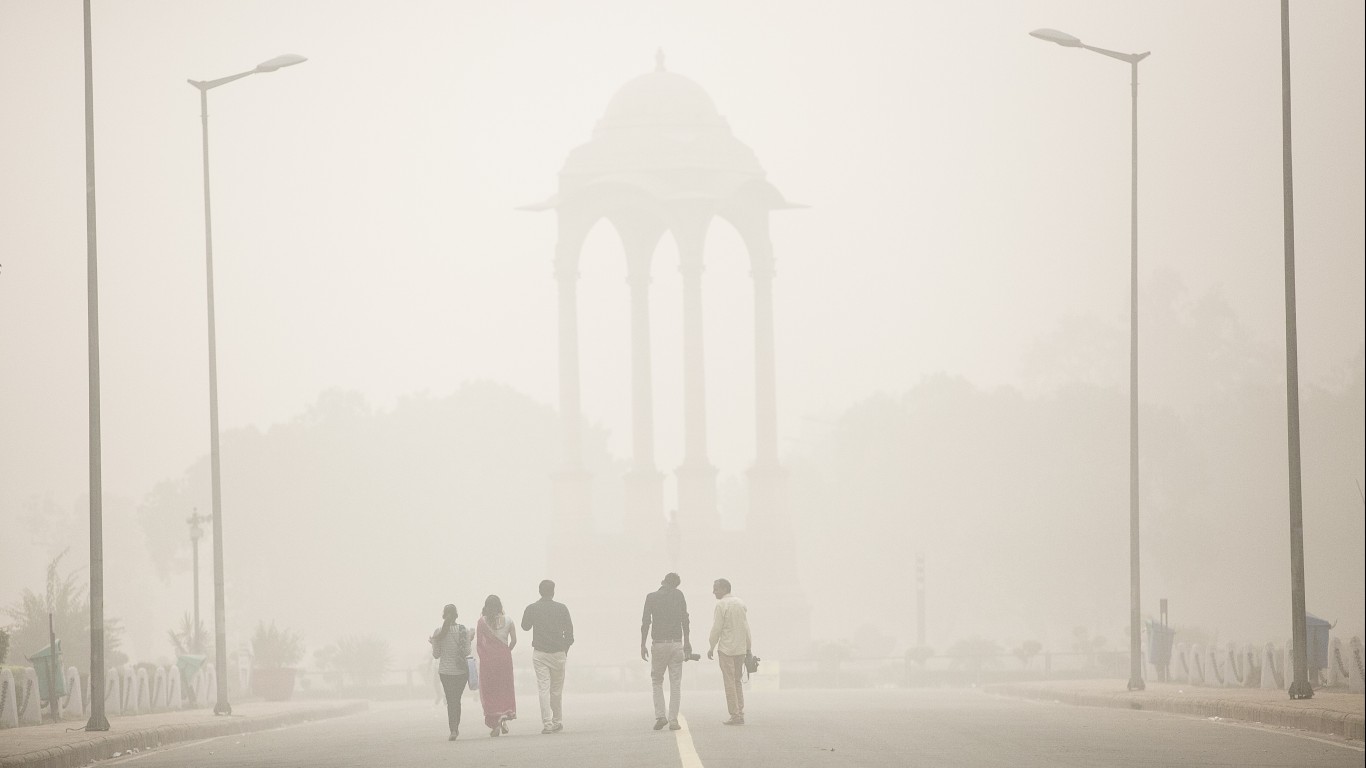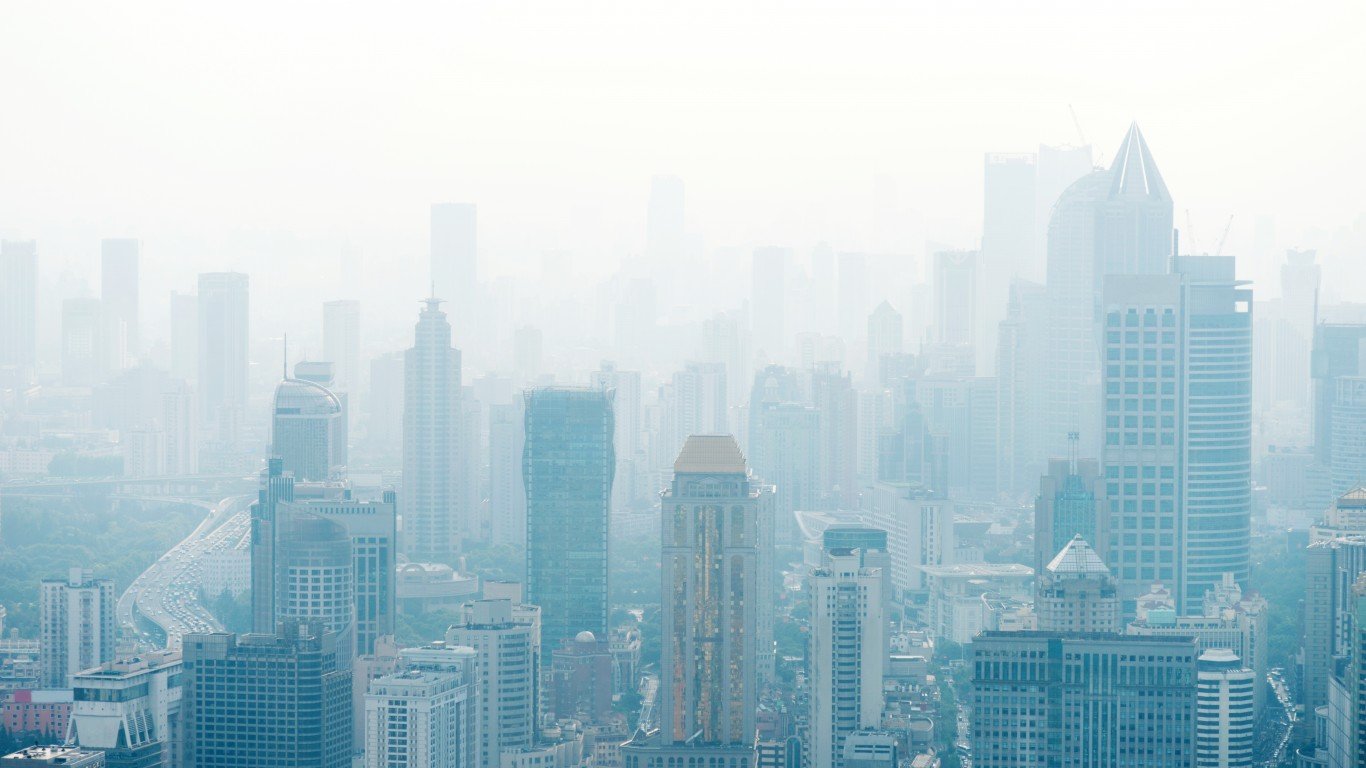
5. Japan
> GHG emissions, 2019: 1,071.03 million metric tons of CO2 eq
> Pct. of world GHG emissions: 2.85%
> Pct. of CO2 emissions 2020: 2.96% — #5 of 145 countries
> Population, 2020: 125.84 million
> Pct. of world population: 1.62%
Japan has decreased its carbon emissions by 14% since 1913 and, in a 2021 revision, plans to increase the reduction to 46% by 2030, replacing its previous 26% goal. Even with new carbon capture technologies and increased efficiencies, Japan’s current dependence on fossil fuels – 56% of the mix – has to change drastically if the country is to meet its 2050 zero emissions target.

4. Russia
> GHG emissions, 2019: 2,208.77 million metric tons of CO2 eq
> Pct. of world GHG emissions: 5.87%
> Pct. of CO2 emissions 2020: 4.53% — #4 of 145 countries
> Population, 2020: 144.10 million
> Pct. of world population: 1.86%
Apparently awakened by the rapid loss of Arctic permafrost, President Putin has dropped his climate denial rhetoric and announced that Russia will strive for net zero emissions by 2060. Critics are skeptical of Putin’s planned reliance on the carbon reduction function of the country’s forests and natural systems, particularly in the face of the immense Siberian forest fires of recent years. The Russian plan also includes a transition to a greater dependence on natural gas over oil and coal. The country’s massive gas pipe infrastructure is already leaking 14 millions tons of methane a year, methane being a greenhouse gas 80 times more potent than carbon dioxide.

3. India
> GHG emissions, 2019: 2,422.24 million metric tons of CO2 eq
> Pct. of world GHG emissions: 6.44%
> Pct. of CO2 emissions 2020: 7.02% — #3 of 145 countries
> Population, 2020: 1,380.00 million
> Pct. of world population: 17.78%
Citing the larger contributions of GHG emissions from the prosperous nations of the world, India has resisted setting emission goals, arguing instead for “emissions intensity” targets, measuring emissions per unit of economic growth. Given its heavy dependence on oil and coal, it has also spurned a 2050 target for zero emissions, setting its own goal for 2070. Much of India’s climate plan centers around reforestation.

2. United States
> GHG emissions, 2019: 5,246.37 million metric tons of CO2 eq
> Pct. of world GHG emissions: 13.94%
> Pct. of CO2 emissions 2020: 13.54% — #2 of 145 countries
> Population, 2020: 329.48 million
> Pct. of world population: 4.24%
Determined to demonstrate that the U.S. is back in the game following former President Trump’s climate skepticism and rejection of the Paris Accord, President Biden appeared at the Glasgow conference with a message of urgency, describing climate change as an “existential crisis,” and emphasizing the need to assist poorer nations in reducing emissions. Throughout 2021 Binden has announced a number of climate initiatives and goals, relying heavily on executive powers and the EPA in the face of opposition to his Build Back Better bill. The legislation includes $500 billion in climate investments needed to meet the country’s climate goals.

1. China
> GHG emissions, 2019: 10,618.71 million metric tons of CO2 eq
> Pct. of world GHG emissions: 28.22%
> Pct. of CO2 emissions 2020: 30.65% — #1 of 145 countries
> Population, 2020: 1,410.93 million
> Pct. of world population: 18.18%
China’s emissions continue to grow along with its population and swelling economy. President Xi Jinping has declared a commitment to zero emissions by 2060, but has promised no reductions until 2030. With its contribution to worldwide carbon output at 28.22/% and growing, its actions – or inaction – will likely determine the world’s success or failure in curbing the rate of climate change.






